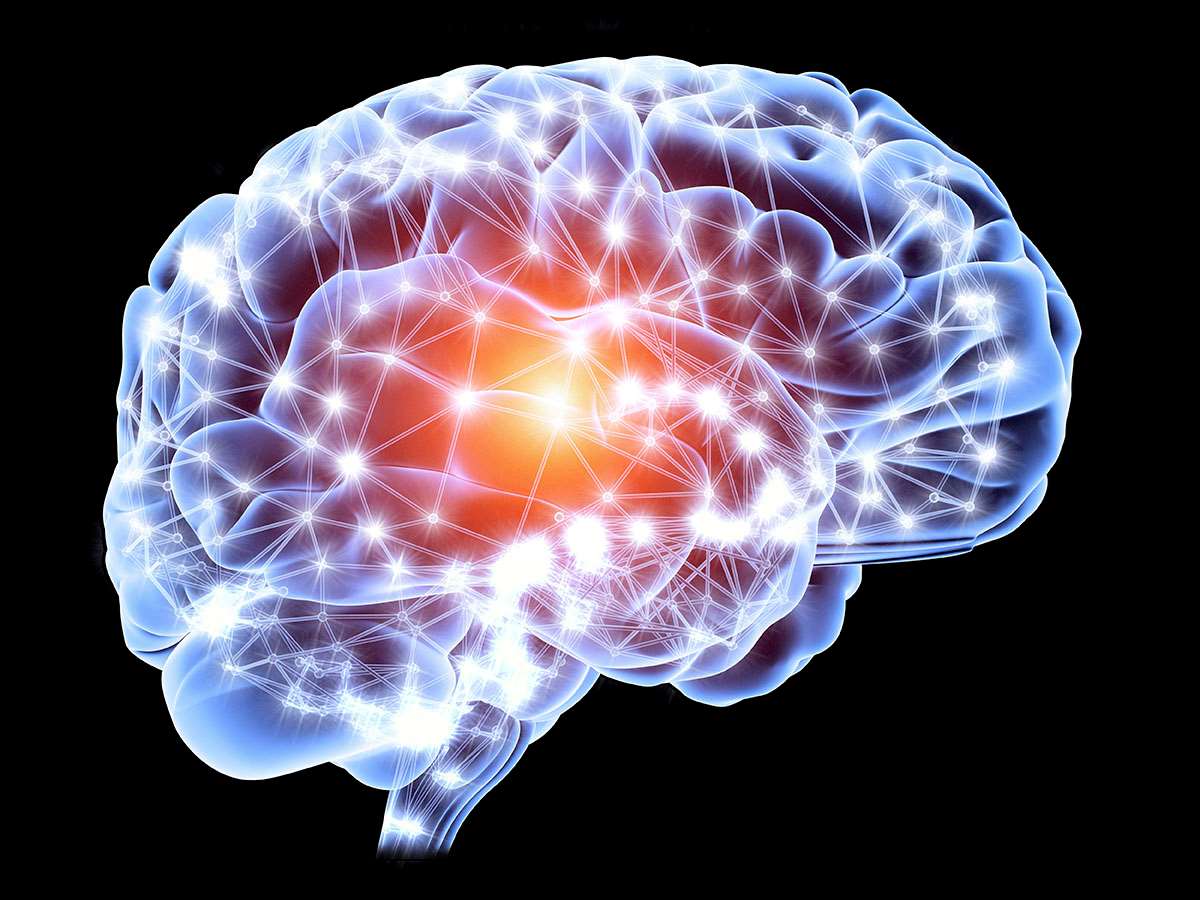Week 7 Neuroscience + Art
During this week, neurology seems to be a two-dimensional field of study including the nervous system. But as the readings for Week 7 showed, neuroscience is not limited to studying the nervous system and the human mind. It is clear that neuroscience has roots and branches throughout all spheres of human existence, including society, culture, and the arts.
/assets/production/practices/a0d50b3bd0362f91c0082896abe153c8cdd66bd6/images/2567244.jpg)
Frazzetto and Anker define "Neuroculture" in their book as the intersection of terminology, data, and understanding from neuroscientific research with our culture (Ex: literature, art, and media). As neuroscience develops, the understanding of other people's minds grows, which has an impact on culture. When modern artists apply neuroscience concepts to their creations, employing certain techniques to define specific feelings through neural imaging, this is known as neuroculture. This subject is covered by Howard Gardner in his book "Art, Mind, and Brain" when he discusses multiple intelligences. He claims that emotions play a significant role in the creative process of humans and that a person's emotions are influenced by a variety of intelligences, including linguistic, musical, spatial, bodily-kinesthetic, interpersonal, and intrapersonal. Our personal perception of artists are able to appeal to human cognition and conscious experience.

While Frazzetto and Anker establish a connection between neuroscience and culture, Bateson adopts a more comprehensive approach in "Mind and Nature: A Necessary Unity," that mind and nature are interwoven as a "necessary unity" and highlighting the parallels between ecological and human psychology. Both systems produce distress in response to opposing inputs, regulate themselves through a feedback mechanism, and develop through evolution or learning as a result of interactions between the environment and the system. The process by which human cognition is impacted by the body's dynamic interaction with its surroundings is referred to in Francisco Varela's book as "embodied cognition," which emphasizes the connection between nature and the mind. By comprehending both systems simultaneously, we may use patterns we notice in the environment before us to further our grasp of neuroscience.

There is still more to learn about the human mind and neuroscience. C.G. Jung highlights the lack of spirituality and religion in contemporary society in "The Spiritual Problem of Modern Man." People have lost their sense of meaning and purpose in life as a result, creating conflict between what is the "norm" and acceptable in modern society and the pursuit of personal importance by individuals. In order to address mental health difficulties and restore a sense of identity, Jung integrates spiritual practices and highlights the role of the unconscious mind.
Comments
Post a Comment